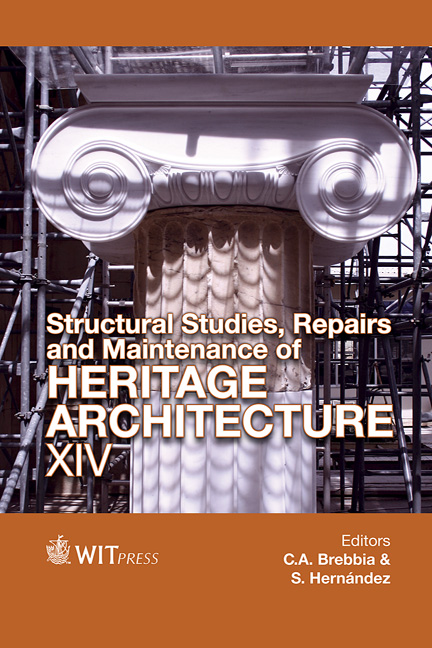Socialization, Learning And Perception Of Urban Landscape: The Case Of Estella-Lizarra
Price
Free (open access)
Transaction
Volume
153
Pages
11
Page Range
841 - 851
Published
2015
Size
1,087 kb
Paper DOI
10.2495/STR150691
Copyright
WIT Press
Author(s)
U. Domblás
Abstract
Citizenship is changing, as is urban management, therefore so is the way we perceive landscape. New technologies are helping us to obtain more participation ability and boost a shared transformation of the territories we inhabit.
Tactical urbanism and open source urban planning, in which everyone might feel a part by participating and contributing knowledge, is in a day’s order. This shared knowledge, focused on urban landscape can help to promote the appreciation of unseen and unknown spaces around us.
This paper shows how to approach the heritage to the citizenship in both an amusing and educational way at the same time.
After a brief discussion in which we will review the cases where the introduction of new technologies (ICT) benefits the learning, perception and evaluation of the urban landscape that surround us, we will explain in detail how some experiences placed in the Camino de Santiago, passing from Estella (Navarra), should be provided. This environment has many factors which give a deep territorial identity. Its intense medieval roots, strategic location and landscape diversity (tangible and intangible), remarks this identity and makes it unique.
These experiences will be the result of the collaboration between different cultural agents working in the area as well as the citizens themselves. It is intended, likewise, to involve the tourist or pilgrim who perceives that landscape for the first time and to find, this way, a glocal point of view (global + local) that will contribute to a better enhancement of this heritage from that crossed knowledge.
Keywords
urban landscape, socialization, heritage




